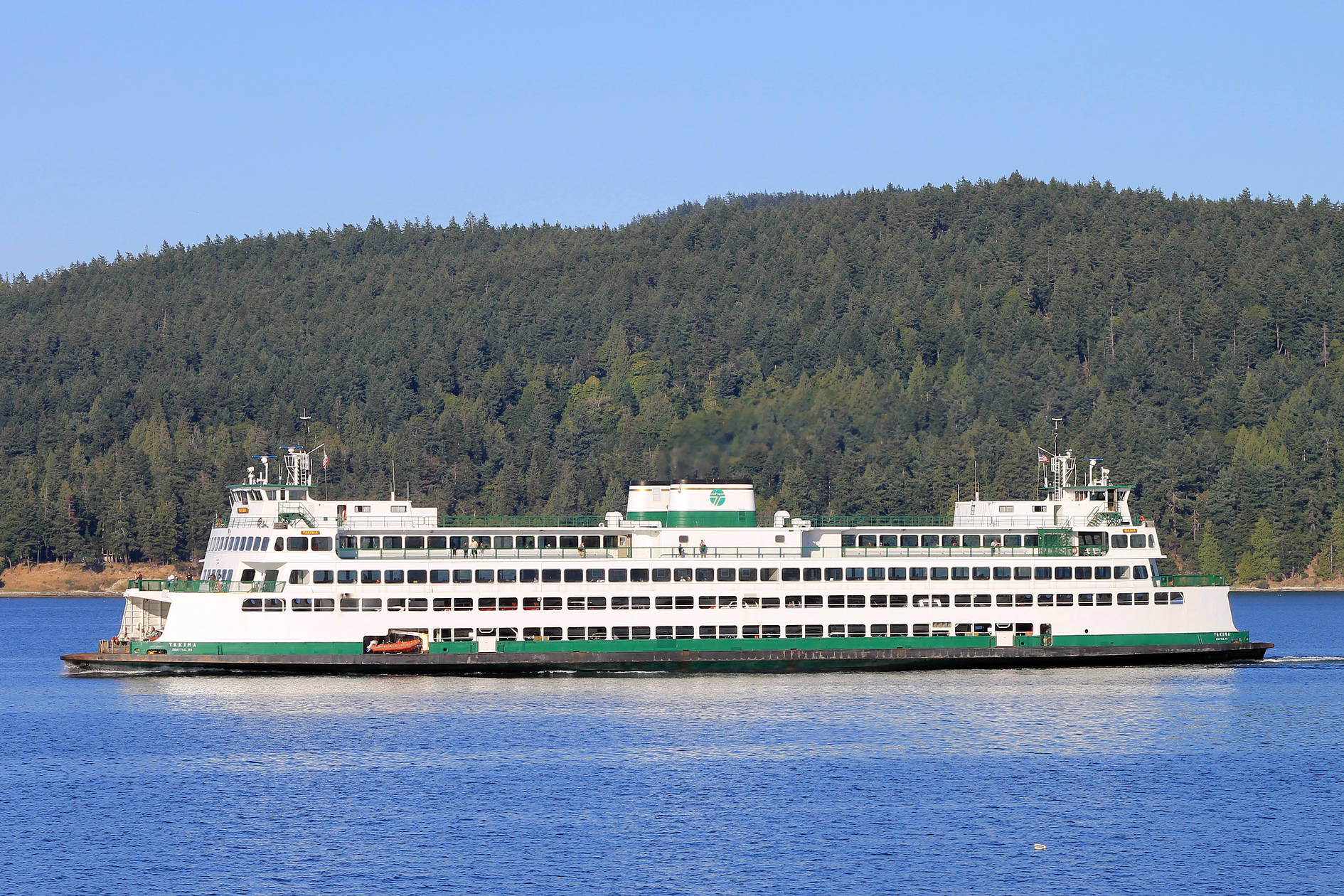Ridership aboard Washington State Ferries dropped 41 percent from the previous year in 2020. On the Anacortes-San Juan Islands route, the drop was 30 percent in riders and 21 percent in vehicles.
“When COVID-19 drastically altered ridership patterns, we quickly adjusted service to match this new reality,” WSF Assistant Secretary Amy Scarton said in a press release. “Since late summer, we’ve been incrementally restoring sailings based on our COVID Response Service Plan, which considers demand, crew availability, vessel availability and funding.”
Nearly 10 million fewer customers sailed on Washington’s ferries in 2020, a decrease caused by stay-at-home orders, working remotely and a decrease in tourism due to COVID-19, according to a WSF press release.
“For the first time since it began operations in 1951, WSF carried more vehicles (7.6 million) than passengers (6.4 million) last year,” the press release said. “This shift in ridership was fueled by a dramatic decline in walk-on customers on routes that serve downtown Seattle and more people choosing to drive on board because of the pandemic.”
According to the press release, 2020 was WSF’s lowest passenger count since 1975. Ridership is starting to resume, however, and is expected to rebound when the COVID-19 pandemic is under control, restrictions are lifted and more sailings are added.
WSF that in recent months, ridership systemwide has returned to around 60 percent of what it was prior to the pandemic — vehicles are near 70 percent of the 2019 numbers and walk-ons are around 20 percent of 2019.
“The largest year-to-year dip came on the Seattle-Bremerton run, where ridership was down 64 percent,” the press release said.
The second highest decrease in the system was the Seattle-Bainbridge Island route, with a 59 percent reduction from the prior year, according to the press release. Typically this route is the busiest route and it had been since 1958. Both the Mukilteo-Clinton and the Edmonds-Kingston routes carried more riders this year.
The Friday Harbor to Sidney ferry’s ridership was just 1 percent of the year prior, according to WSF. However, it wasn’t counted as the system’s largest loss in ridership because of how infrequent the ferry typically operates. The international ferry ran for just four days in 2020. The border between the United States and Canada remains closed for non-essential travel at least through Jan 21, the initial closure began March 21, 2020.




